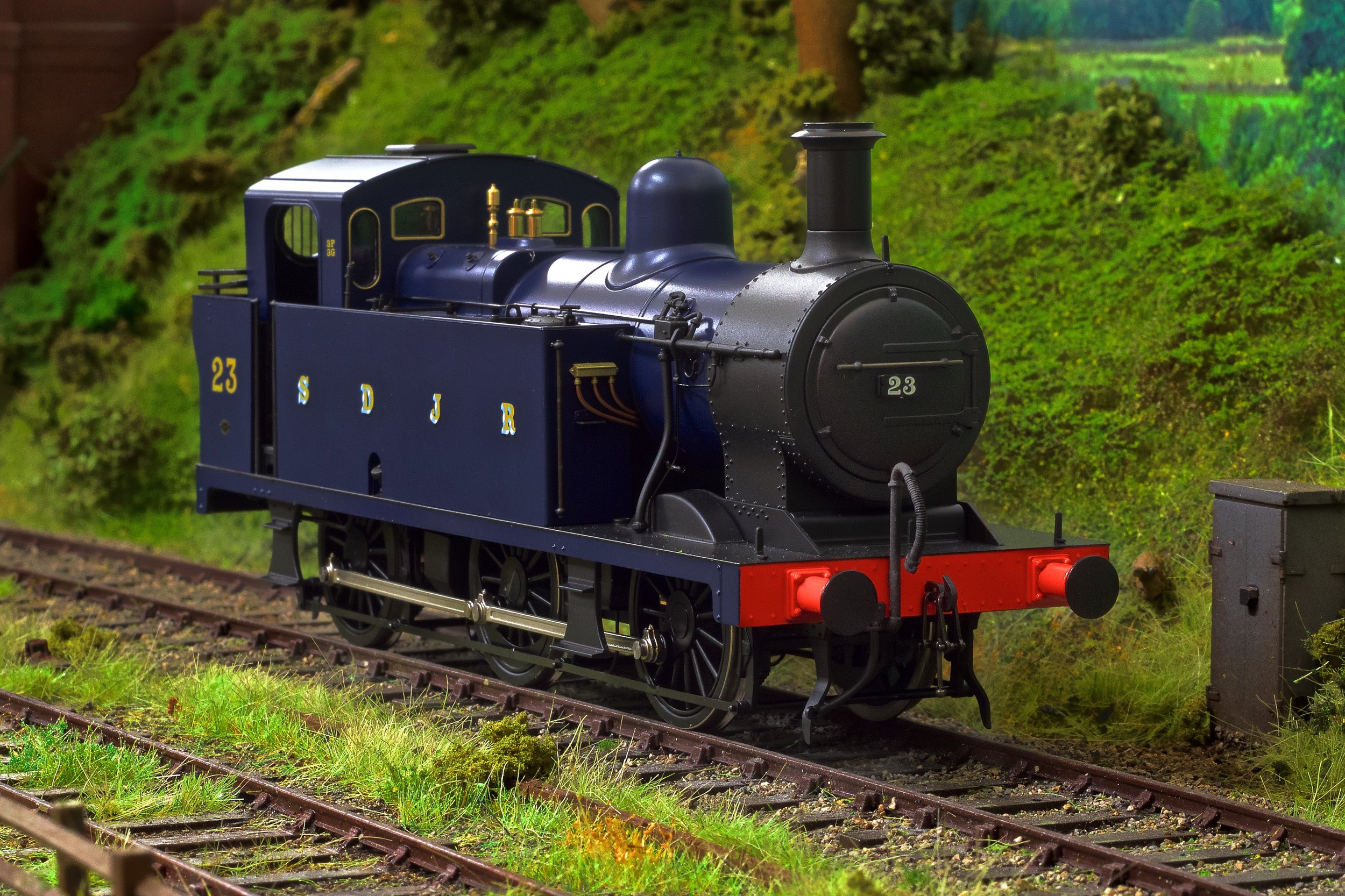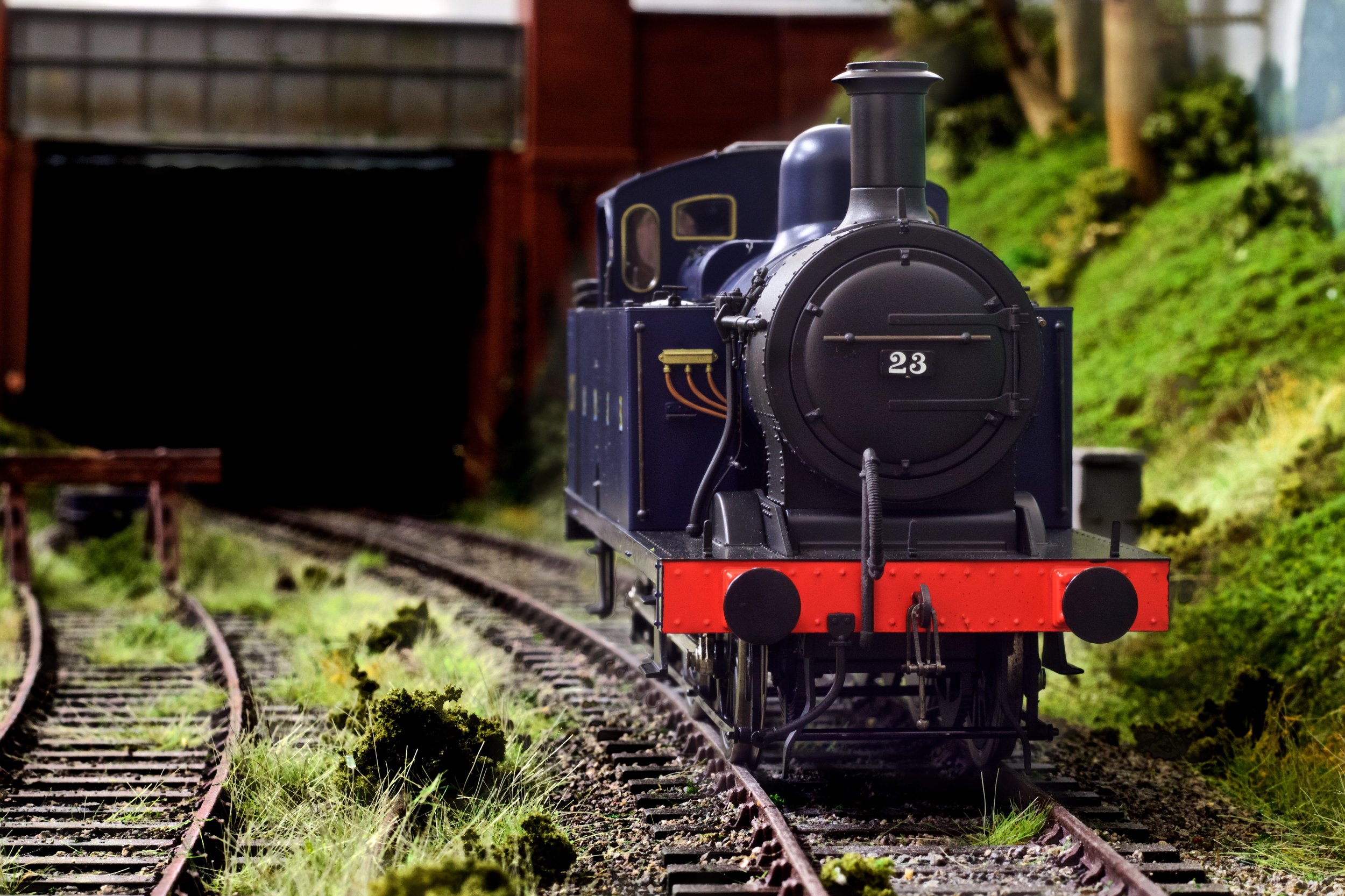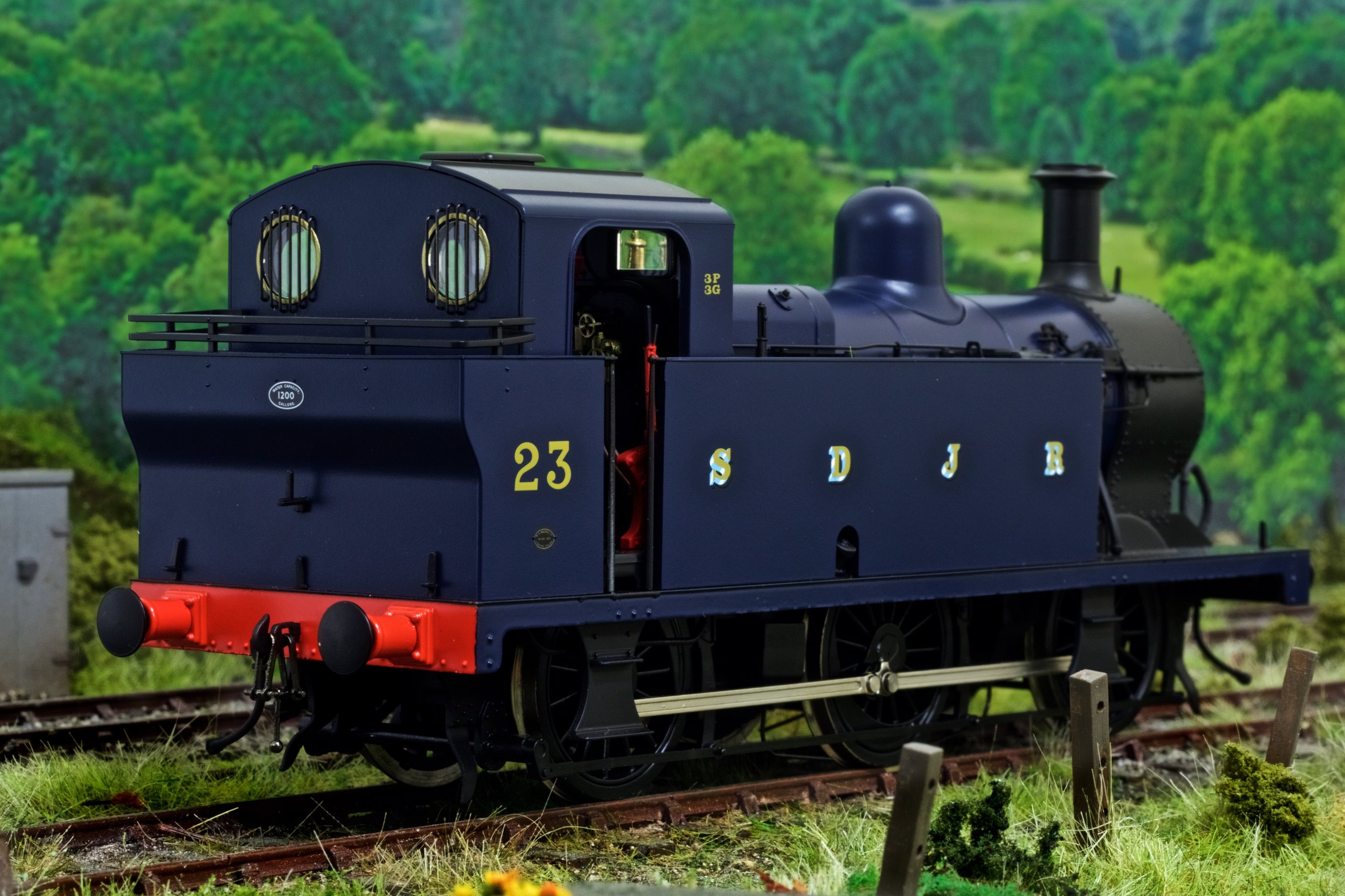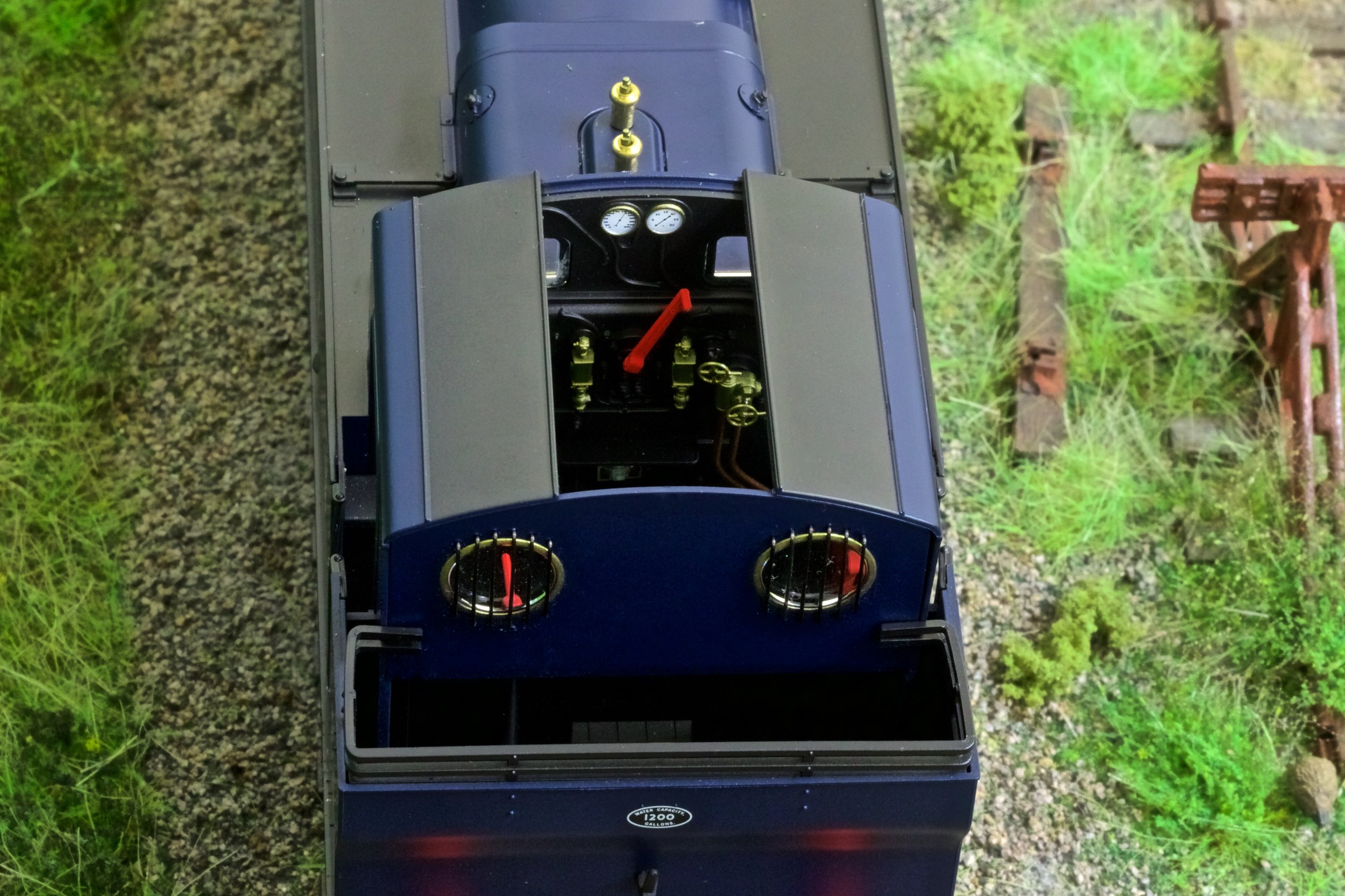Written by Mike Sarsfield, Photos by Gwion Rhys Davies
Introduction
Dapol has chosen the LMS Fowler 3F Jinty tank for its third O gauge tank engine release. The ready to run O gauge market in the UK is still small but it is becoming very popular and growing fast, with companies like Dapol increasing not only the popularity of the gauge but also keeping the hobby alive. Which in my book is what is needed.
Brief History of the Locomotive Jinty 3F
The design of the Jinty was based on rebuilds by Henry Fowler of the Midland Railway 2441 Class, introduced in 1899 by Samuel Waite Johnson. These rebuilds featured a Belpaire firebox and an improved cab. 422 Jinties were built between 1924 and 1931 and this class was just one of the Midland designs used on an on- going basis by the LMS. The locomotives were built by the ex-L&Y Horwich Works and the private firms of Bagnall, Beardmore, Hunslet, North British and the Vulcan Foundry. The class not only ran in the UK but also in Ireland and other parts of the globe.
Several of the class have survived into preservation and can be found around the UK.
Previous Jinty Models
The Jinty has been a very popular in railway modelling and has been with us for a long time. A lot of it has been in kit form [in many gauges] but it has also been available in OO r-t-r since the early 1960’s through Triang and, later Hornby and Bachmann. It has not been available in r-t-r O gauge before however. [ *UPDATE* the only previous O gauge RTR model to our knowledge was the San Cheng model sold by Tower Brass. ]
Features
These are the main features of the new Dapol O gauge Jinty :
Die–cast running plate
Compensated die-cast chassis
Die-cast, profiled wheels
A removable mid section cab roof for posing crew
A 5-pole motor and gear box
High level of separately applied detail
Sprung buffers and couplings
Expertly applied livery
DCC ready with a 21 pin decoder socket
Firebox flicker
Sound and DCC versions also offered
Push/Pull fitting variants will be available in due course
Empty coal bunker for you to add load of coal
Vac pipes separate
The BR Jinty’s sand box is not on the model as they were removed.
There is no loco lamp / accessory tool pack [eg fire irons or etched number plates] however, which is perhaps a shame.
Performance
The performance of the model was excellent, with a smooth ride in both directions and a quiet motor: a testament to the 5 pole motor as well as the heavy die-cast chassis.
From looking at the plans, the model shares the same excellent chassis as the Dapol 08 shunter, and it handles well most loads that it is given.
Packaging
The packaging for the Jinty comprises a slimmer box than normal, with a fair amount of foam padding to protect the model effectively. Though the foam padding is nice, it would have been better if the traditional ‘ice-block’ container was still part of the whole package as the foam unit is very tight and snug and careless removal / replacement of the model will risk damage to fragile parts like the whistle, buffers or the steam pipe. Further, cutting the foam is necessary if the vac pipes are to be left on the model without damaging them. Whilst all of this is manageable, I do think that rethinking this type of package design would be helpful.
Liveries
There are currently six liveries that Dapol has on offer for the Jinty:
Early and late LMS black livery
Early and late BR black livery
Somerset and Dorset Joint Railway Prussian Blue Livery
LMS push/pull livery
Unnumbered and unlettered also available
It’s good to have such a wide range of liveries to choose from, with even a pre-grouping livery being available.
I would like to point out that the model I have reviewed for this article in the SDJR livery. The loco may have never carried this livery in it's working life [as far as I am aware]. I have however, seen it in this livery on the Midland Railway where it is preserved and I find it an extremely attractive livery.
Details of SDJR no 23
Original running No: 16410
S&D No: 23
BR No: 47327
Builder: North British Locomotive Company
Built: 1929
Withdrawn: December 1966 and now preserved on the Midland Railway
Overall
I can honestly say that I am impressed with Dapol’s take on this wonderful locomotive. The price is right [depending on what you want to spend on a loco] and I can see many people who, whether they model in O gauge or not, will want one of these. I hope that Dapol keeps it up and continues to listen to the modeller’s views [which all companies that make models should do!!].









